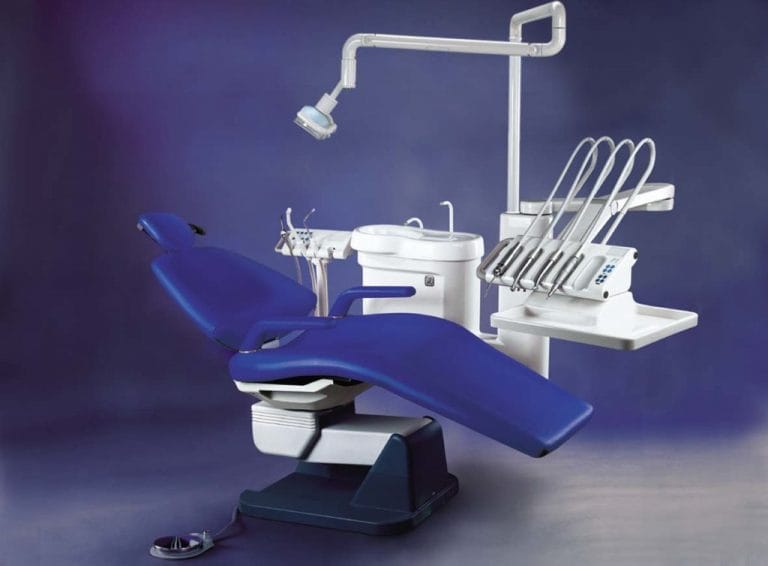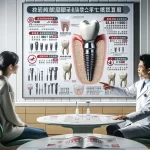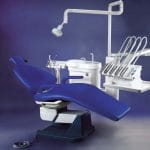Dental instruments play a vital role in ensuring your oral health, yet many people remain unaware of their significance. Did you know that nearly 75% of adults experience some form of dental anxiety? This often stems from a lack of understanding about the tools used during dental visits. In this guide, you’ll discover the essential types of dental instruments, their specific functions, and best practices for maintaining them.
By familiarizing yourself with these instruments, you can alleviate concerns and enhance your confidence during dental appointments. Whether you’re a patient seeking knowledge or a budding dental professional eager to learn, this comprehensive overview will equip you with valuable insights. Get ready to uncover the critical role these tools play in your dental care journey!
Introduction to Dental Instruments
Dental instruments are precision tools designed to assist dental professionals in examining, diagnosing, and treating a wide range of oral health conditions. These instruments come in various shapes, sizes, and materials, each tailored for specific functions within the oral cavity. Understanding the proper use and care of these instruments is vital for maintaining a safe and efficient dental practice.
The importance of dental instruments cannot be overstated; they serve as extensions of the dentist’s hands, allowing for precise manipulation of oral tissues and structures. Whether it’s a simple mouth mirror or complex surgical tools, each instrument plays a critical role in delivering optimal dental care. Moreover, proper maintenance is essential not only for their longevity but also for ensuring patient safety and preventing cross-contamination.
Types of Dental Instruments
Dental instruments can be broadly categorized based on their functions and the specific procedures they are used for. Here’s an overview of the main categories along with commonly used instruments within each:
Diagnostic Instruments
These instruments are essential for examining and assessing the oral cavity, helping dentists identify potential issues and plan appropriate treatments.
- Mouth Mirror: A fundamental tool that allows dentists to view hard-to-reach areas of the mouth while also retracting soft tissues and reflecting light onto the working area.
- Dental Explorer (Sickle Probe): A sharp instrument used to detect cavities and other abnormalities on tooth surfaces by probing into small crevices.
- Periodontal Probe: A calibrated instrument used to measure the depth of periodontal pockets around teeth, crucial for assessing gum health.
Restorative Instruments
Used in procedures that repair or replace damaged tooth structure, such as fillings and crowns.
- Dental Excavators: Spoon-shaped tools designed to remove decayed tooth material effectively.
- Burnishers: Smooth-ended instruments used to polish and shape dental restorations for a proper fit.
- Matrix Bands and Retainers: These tools create proper tooth contours when placing fillings, especially in posterior teeth.
Surgical Instruments
These are utilized in more invasive procedures like tooth extractions and oral surgeries.
- Extraction Forceps: Specialized pliers designed to grasp and remove teeth based on their shape and position.
- Elevators: Lever-like instruments that loosen teeth during extractions by expanding the alveolar socket.
- Scalpels and Surgical Blades: Sharp cutting tools used for making incisions in soft tissue during surgeries.
Periodontal Instruments
Specifically designed for treating gum health.
- Scalers: Sharp instruments used to remove calculus from tooth surfaces above the gum line.
- Curettes: Rounded-tip instruments used for deep scaling below the gum line.
- Ultrasonic Scalers: Power-driven tools that use vibrations to efficiently remove calculus from teeth.
Endodontic Instruments
Used in root canal treatments involving the tooth’s interior.
- Endodontic Files: Thin instruments used to clean and shape root canals.
- Spreaders and Pluggers: Tools used to compact filling materials within root canals.
Orthodontic Instruments
These are employed in placing and adjusting braces and orthodontic appliances.
- Bracket Placement Pliers: Used to position brackets onto teeth accurately.
- Archwire Pliers: Tools for cutting and bending orthodontic wires for proper alignment.
Uses of Dental Instruments
Understanding how these instruments are employed in various dental procedures is crucial:
Examination and Diagnosis
During a dental visit, diagnostic instruments play a key role:
- Mouth Mirrors provide indirect vision of hard-to-see areas.
- Dental Explorers help tactilely examine tooth surfaces for decay.
- Periodontal Probes assess gum health by measuring pocket depths.
Cavity Preparation and Restoration
When treating cavities:
- Dental Excavators prepare cavities by removing decayed material.
- High-Speed Handpieces shape cavities efficiently.
- Matrix Bands contain filling material during placement.
Tooth Extraction and Oral Surgery
In more invasive procedures:
- Extraction Forceps grasp teeth firmly for removal.
- Elevators loosen teeth before extraction.
- Surgical Curettes clean extraction sites post-operation.
Scaling and Root Planing
For patients with gum disease:
- Hand Scalers remove tartar above the gum line.
- Curettes, particularly Gracey curettes, clean below the gum line effectively.
- Ultrasonic Scalers provide efficient calculus removal with added flushing action.
Root Canal Treatment
Endodontic procedures require specific tools:
- Endodontic Files clean root canals thoroughly.
- Irrigation Syringes flush canals with disinfectants.
- Spreaders and Pluggers compact filling materials securely within canals.
Orthodontic Procedures
For orthodontic treatments:
- Bracket Placement Instruments ensure accurate bracket positioning.
- Wire Cutters/Benders customize archwires as needed.
- Ligature Directors secure archwires using ties effectively.
Care and Maintenance of Dental Instruments
Proper care is essential for ensuring the longevity, effectiveness, and safety of dental instruments. Here’s a comprehensive guide:
Cleaning and Sterilization
The cleaning process is critical:
- Pre-cleaning: Rinse or soak instruments immediately after use.
- Ultrasonic Cleaning: Use ultrasonic cleaners with appropriate solutions to remove debris effectively.
- Manual Cleaning: For non-ultrasonic compatible tools, scrub with a brush thoroughly.
- Rinsing/Drying: Rinse with distilled water; dry completely to prevent rusting.
- Packaging/Sterilization: Package in sterilization pouches before autoclaving at high temperatures (121–134°C).
- Storage: Store sterilized instruments in a clean area until use, ensuring they remain sterile.
Sharpening and Maintenance
Regular maintenance ensures effectiveness:
- Inspect instruments regularly for wear or damage.
- Sharpen cutting edges using appropriate techniques or tools as needed.
- Lubricate moving parts with silicone-based lubricants before sterilization.
Regular Inspection and Replacement
Even with proper care, instruments have a lifespan:
- Conduct visual inspections frequently.
- Test functionality regularly; replace any that show significant wear or damage promptly.
- Ensure all staff members are trained in proper handling techniques for optimal safety practices.
Conclusion
Dental instruments are more than just tools; they represent the commitment to excellence that defines quality dental practice. Understanding their types, uses, and proper care is crucial for maintaining an effective dental practice that prioritizes patient safety. From simple mouth mirrors to complex surgical tools, each instrument plays a vital role in delivering high-quality care.
By adhering to best practices in instrument handling and maintenance, dental professionals can ensure they are always prepared to provide exceptional service while fostering trust with their patients through transparency about their care processes. As technology advances in dentistry, so too will the need for understanding these essential tools—ensuring that every patient receives the highest standard of care possible.






